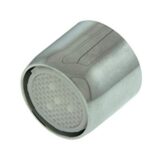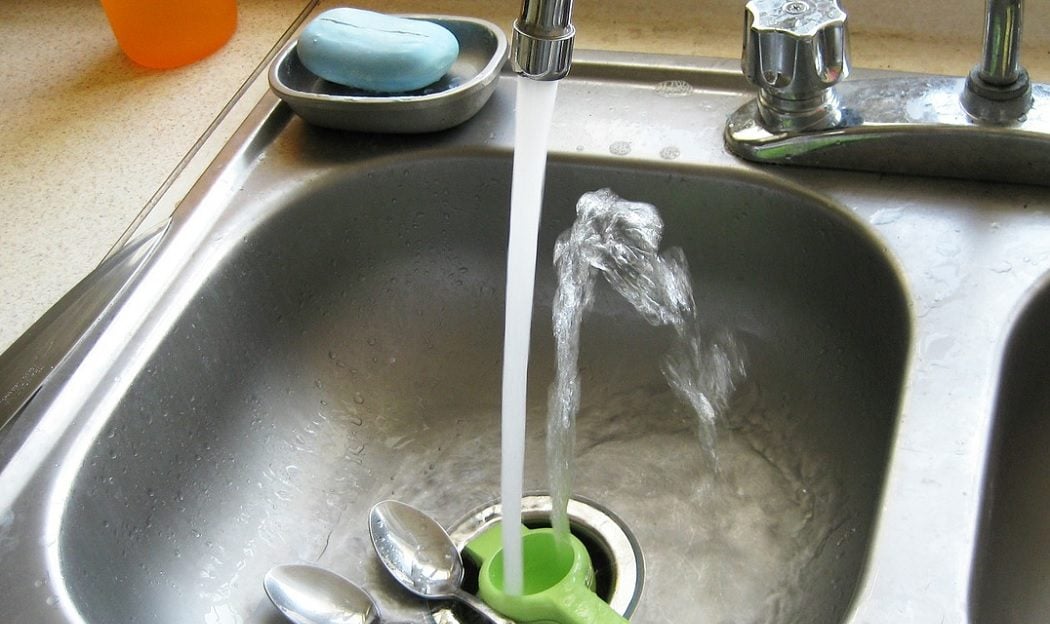 If the flow of water into your sink is weaker than it should be, it’s probably time to clean your faucet aerator. These little gizmos at the tip of your faucet soften the water by introducing air into it, but they also get plugged with little bits of grit and gunk that are inevitable in virtually any water system.
If the flow of water into your sink is weaker than it should be, it’s probably time to clean your faucet aerator. These little gizmos at the tip of your faucet soften the water by introducing air into it, but they also get plugged with little bits of grit and gunk that are inevitable in virtually any water system.
If your water comes from a well, that grit and gunk — and maybe mineral deposits from hard water — is even more likely.
Fortunately, this is an easy fix. And you should actually do this at least once a year anyway to keep the water flowing efficiently, especially if you are on a well.
In most cases, all you need is a cloth, a pair of pliers or vice grips, and a few minutes.
Start by putting the plug in the sink to prevent anything from vanishing into the drain.
Wrap the cloth or a piece of strong tape around the aerator to prevent scratching, grip it with the pliers or vice grips, and turn  clockwise to loosen. Remove the aerator and disassemble it, noting how the pieces fit together for reassembly (there are usually four pieces, including a rubber washer).
clockwise to loosen. Remove the aerator and disassemble it, noting how the pieces fit together for reassembly (there are usually four pieces, including a rubber washer).
Run the pieces under the faucet to wash away the debris. You may need to use a toothbrush or toothpick to dislodge the grit and gunk.
If you’re on a well, removing mineral buildup can take a bit more work. Leaving the pieces soaking in vinegar overnight may loosen the buildup, although you might have to scrape it off with a utility knife or other sharp implement (try not to nick the pieces).
Put it all back together, reinsert into the faucet, and Bob’s your uncle.
While you’re at it, you should also remove debris from the metal screen on the hoses attached to your clothes washer. You’ll probably have to pull the washer out to reach the hose connections at the back of the washer, and you may get a bit of water runoff when you undo the hose. Remember to turn off the water supply to the washer before disconnecting the hoses and to check for water leaks after you reconnect the hoses.
One more tip: The trap in your basement floor contains water to keep sewer gases from escaping into your home, but the water evaporates over time. Newer homes may have an automatic system to keep water at the correct level, but you should still check your trap occasionally to make sure it hasn’t dried out. Keep it topped up with tap water.
Got a maintenance task you’re not sure how to do?
Drop us a line at info@allthingshome.ca or message us through Facebook.
